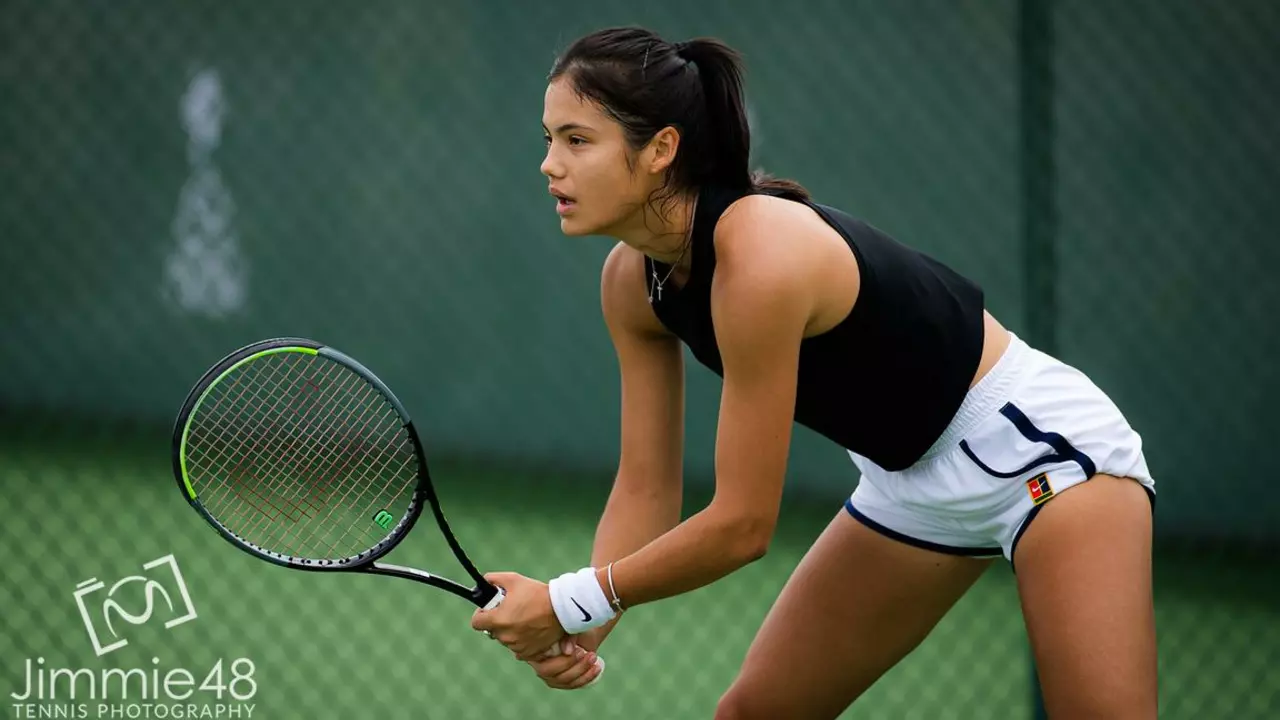Top Female Athlete: The Rise and Impact of Women in Sports
When we talk about Top Female Athlete, a woman who reaches the pinnacle of performance in her sport, breaking records and shaping culture, we’re looking at more than just stats. These athletes drive fan interest, attract sponsorship, and inspire the next generation. Think of legends like Serena Williams in women’s tennis, a sport where power, precision, and mental toughness rule the court or Maya Moore in women’s basketball, a fast‑paced game that values speed, skill, and teamwork. Their journeys illustrate how training, mindset, and marketability intertwine.
What Makes a Top Female Athlete Stand Out?
First, top female athlete status demands elite physical ability. In athlete training, structured programs that blend strength, agility, and recovery techniques, women often tailor routines to address injury prevention and hormonal cycles. Second, mental resilience is crucial; the pressure of global media and expectations can shape performance outcomes. Finally, a solid brand attracts sports sponsorship, partnerships that provide financial support and increase visibility. Brands like Nike and Adidas look for athletes who embody authenticity and market reach.
These three pillars—physical training, mental grit, and commercial appeal—form a feedback loop. A rigorous training regimen enhances performance, which brings media attention, leading to better sponsorship deals. Those deals fund better coaching, nutrition, and recovery, pushing the athlete to higher levels. This loop is evident in the careers of stars like Naomi Osaka, whose on‑court success opened doors to high‑profile endorsements, which then funded her training team and mental‑health resources.
While tennis and basketball dominate many headlines, top female athletes thrive in diverse fields—track and field, gymnastics, soccer, and even emerging e‑sports. Each sport presents unique demands. For instance, sprinters focus on explosive power and biomechanics, whereas gymnasts need flexibility and precise technique. Yet the underlying concepts remain consistent: disciplined training plans, mental preparation, and strategic branding.
Our collection below reflects this variety. You'll find pieces that break down specific training drills for tennis serve speed, explain how basketball players improve vertical jump, compare injury‑prevention strategies across sports, and discuss how athletes negotiate sponsorship contracts. Whether you're an aspiring player, a coach, or a fan curious about the behind‑the‑scenes work, the articles give practical tips and real‑world examples.
By understanding the common threads that connect these stories, you can see how any athlete—male or female—can apply similar principles to reach the top of their game. The next sections dive deeper into the tactics, mindsets, and business moves that shape a top female athlete’s career.
Media coverage plays a huge role in shaping a top female athlete’s legacy. Television contracts, social media platforms, and podcast interviews amplify their stories, turning a single match win into a cultural moment. When a player like Iga Świątek dominates a Grand Slam, the buzz spreads far beyond the court, influencing fashion trends and prompting brands to invest in female sports content. This visibility also drives youth participation, as girls see tangible proof that success is within reach.
Beyond the spotlight, many top female athletes give back through community programs and mentorship. Initiatives that provide free clinics, scholarship funds, or mental‑health workshops create a ripple effect that strengthens the entire sports ecosystem. For example, basketball star Candace Parker runs camps that teach both technical skills and confidence building, showing how on‑court excellence can translate into off‑court empowerment.
The future of women’s sport is increasingly data‑driven. Wearable sensors, video analytics, and AI coaching tools help athletes fine‑tune technique in ways that were impossible a decade ago. A tennis player can now track serve spin in real‑time, while a basketball guard can analyze shooting angles frame by frame. Embracing these technologies gives a competitive edge and shortens the learning curve for up‑and‑coming talent.
Pathways for young girls are expanding, too. College scholarships, professional leagues, and international academies offer clear routes to a pro career. Early exposure to structured training, combined with supportive families and schools, turns raw talent into elite performance. Understanding these routes helps parents and coaches set realistic goals and keep athletes motivated through the inevitable ups and downs.
Ready to explore the full range of insights? Below you’ll discover detailed guides, expert analysis, and inspiring profiles that illustrate the power of dedication, smart training, and savvy branding in the world of women’s sport.
Who is the best tennis female player?
Deciding who the best female tennis player is can be subjective, but a strong contender is definitely Serena Williams. With 23 Grand Slam singles titles under her belt, her dominance in the sport is undeniable. Her powerful serve, relentless athleticism, and fierce competitiveness set her a class apart. From my perspective, her ability to bounce back after injuries and personal challenges also solidifies her as the greatest. However, there are other fantastic players like Steffi Graf and Martina Navratilova who also have their spots in the history of tennis.



